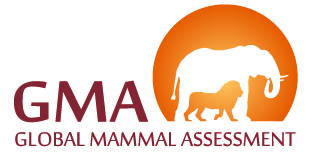Eugenie C. Regan, Luca Santini, Lisa Ingwall-King, Michael Hoffmann, Carlo Rondinini, Andy Symes, Joseph Taylor, & Stuart H.M. Butchart.
Biodiversity is declining, with direct and indirect effects on ecosystem functions and services that are poorly quantified. Here we develop the first global assessment of trends in pollinators, focusing on pollinating birds and mammals. A Red List Index for these species shows that, overall, pollinating bird and mammal species are deteriorating in status, with more species moving towards extinction than away from it. On average, 2.4 species per year have moved one Red List category towards extinction in recent decades, representing a substantial increase in extinction risk across this set of species. This may be impacting the delivery of benefits to people that these species provide. We recommend that the index is expanded to include taxonomic groups that contribute more significantly to pollination, such as bees, wasps and butterflies, thereby giving a more complete picture of the state of pollinating species worldwide.

Red List Indices for (a) pollinating and nonpollinating bird species; (b) pollinating and nonpollinating mammal species; and (c) aggregated pollinating and nonpollinating birds and mammals. An RLI value of 1 equates to all species being Least Concern; an RLI value of 0 equates to all species being Extinct. Improvements in species conservation status lead to increases in the RLI; deteriorations lead to declines. A downward trend in the RLI value means that the net expected rate of species extinctions is increasing.

You must be logged in to post a comment.